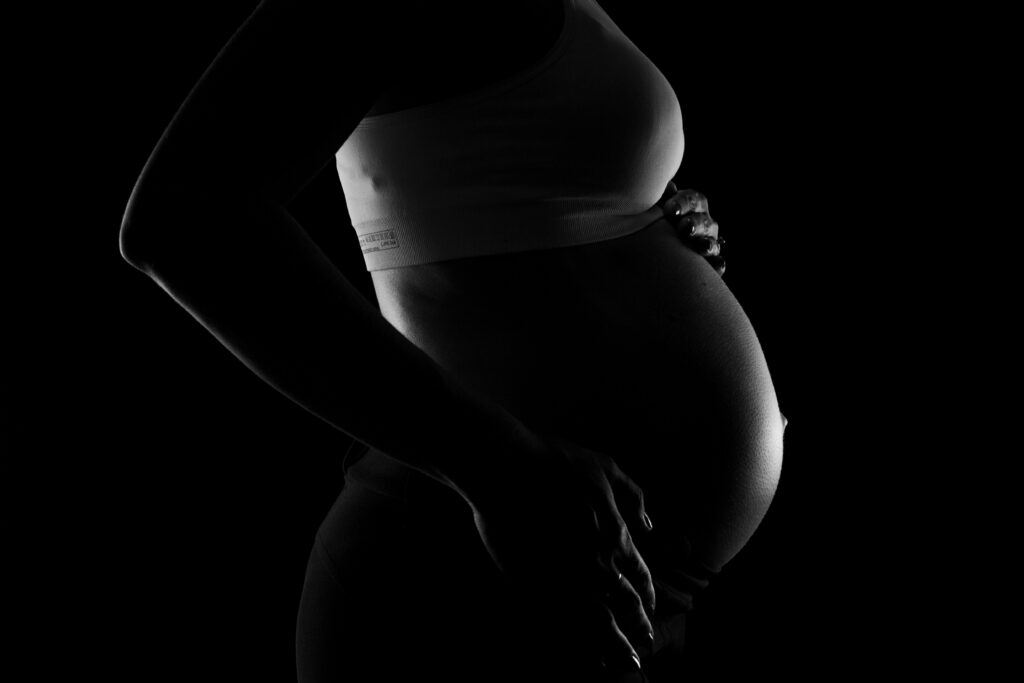
Hypnobirthing is the use of hypnosis as a natural aid during childbirth. It was first popularised in the 1950s by Dick Grandly-Reid. Proponents have highlighted its benefits to both mothers and children.
Labour and delivery are natural parts of life. The survival of every species of mammal relies on mothers being able to gift birth to live young. It is, however, a vulnerable time, and for much of human history was a dangerous moment in the lives of the mother and child. However, modern medicine has transformed childbirth, and it’s now an incredibly safe process for everyone. But this improvement is not entirely positive.
There has been a tendency to medicalise pregnancy and birth. Rather than seeing it is as a natural process with medical support only when needed, the default is often to see it as a medical process from the very beginning. Expectant mothers might, very early in their pregnancy, be informed of pain-relief options. They may even be invited to consider medical interventions like epidurals or Caesarean sections for the birthing process.
Hypnobirthing is part of a reaction against that, looking to use natural methods to help mothers during labour. The technique is a way to help the mother, and those around her, not just relax during pregnancy. But to also take back some control of the process.
Research has shown that hypnobirthing is effective. One study showed that mothers that used hypnobirthing were less likely to use painkillers. Those that did use pain relief during labour used less than control groups. Other research has found that, after the birth, mothers who used hypnobirthing expressed more positive feelings than those who simply followed the usual clinical birthing methods.
Hypnobirthing is not, however, just a process for labour. The technique requires some practice. Unlike the common perception of hypnosis, in which a stage hypnotist acquires control over the subject in a short session; actual hypnosis is actually a state of deep relaxation, and it improves with more practice. Working with a practitioner well before labour, a mother will practice inducing that state on their own — effectively performing self-hypnosis.
What will happen in the sessions?
The sessions will create a thorough understanding of the process, helping the mother to identify positive throughs that will anchor her, and create her own hypnotic induction process that she can use when she is due to give birth. The more practice there is, the easier the mother will find it to induce that state, and the more effective it will be during labour.
And, as well as being sensible to prepare well in advance — after all, there’s no guarantee any baby will wait until the due date — the sessions provide wider benefits. Although focused on birthing, the techniques have value at any time, helping the mother learn how to achieve a state of deep relaxation efficiently and effectively, something that will be of benefit both before and after the birth.
Next Steps for counselling
Contact us by calling 07866 332 756 or emailing info.wellforce@gmail.com for an appointment.
Read more on our blog.